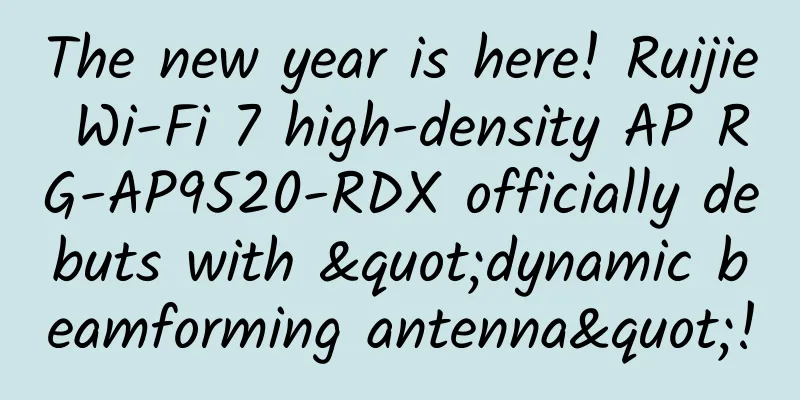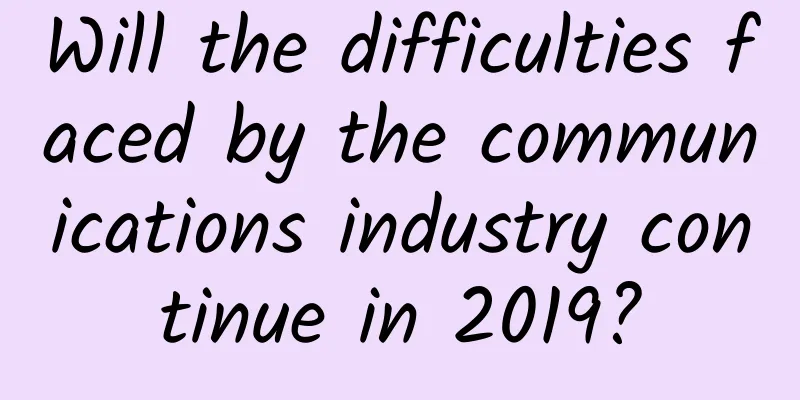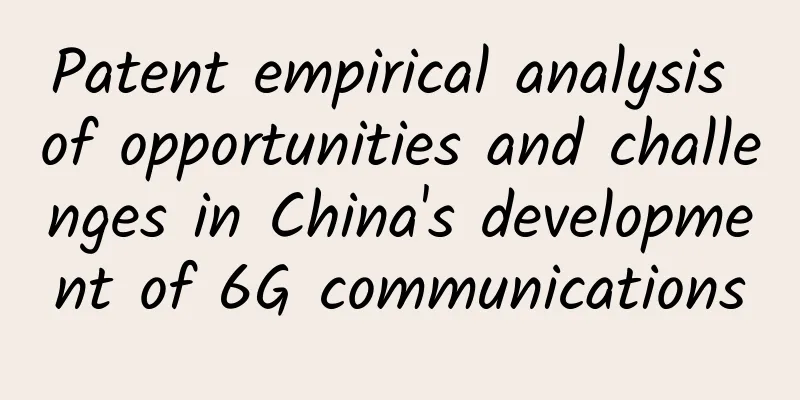TCP protocol status analysis, super complete~

|
Today I will talk to you about the state analysis of the TCP protocol. You can see the figure below, and then we will explain it in detail. Initiate handshake phase CLOSED: Indicates the initial state. LISTEN: Indicates that a SOCKET on the server is in listening state and can accept connections. SYN_RCVD: Indicates that a SYN message has been received. Under normal circumstances, this state is an intermediate state of the server-side SOCKET in the three-way handshake session when establishing a TCP connection. It is very short-lived and it is difficult to see this state with netstat, unless you have specially written a client test program to deliberately not send the last ACK message in the three-way TCP handshake process. Therefore, in this state, after receiving the client's ACK message, it will enter the ESTABLISHED state. SYN_SENT: This state corresponds to SYN_RCVD. When the client SOCKET executes CONNECT, it first sends a SYN message, so it immediately enters the SYN_SENT state and waits for the server to send the second message in the three-way handshake. The SYN_SENT state indicates that the client has sent a SYN message. ESTABLISHED: Indicates that the connection has been established, which is the state in which both parties communicate normally. Active Closure Phase
In fact, the real meaning of FIN_WAIT_1 and FIN_WAIT_2 states is that they both mean waiting for the other party's FIN message (active closing phase). The difference between these two states is: The FIN_WAIT_1 state is actually when the SOCKET is in the ESTABLISHED state, it wants to actively close the connection and sends a FIN message to the other party. At this time, the SOCKET immediately enters the FIN_WAIT_1 state. When the other party responds with an ACK message, it enters the FIN_WAIT_2 state. Of course, in actual normal circumstances, no matter what the other party is, it should immediately respond to the ACK message, so the FIN_WAIT_1 state is generally difficult to see, while the FIN_WAIT_2 state can often be seen with netstat.
This state is called the 2MSL waiting state. If a FIN packet is received from the remote end during this period, it means that the ACK packet sent in the TCP_FIN_WAIT_2 state was lost or delayed for a long time during transmission, causing the remote end to resend the FIN packet, and then repeat the ACK packet. Once the 2MSL time expires, it will enter the TCP_CLOSED state, completing the closing operation.
Under what circumstances will this happen? In fact, if you think about it carefully, it is not difficult to draw the conclusion: if both parties close a SOCKET almost at the same time, then both parties will send FIN messages at the same time, and the CLOSING state will appear, indicating that both parties are closing the SOCKET connection. Passive closing phase CLOSE_WAIT: When the other party sends a FIN message to you first, the local system will undoubtedly respond with an ACK message to the other party. At this time, the socket state changes from ESTABLISED to CLOSE_WAIT. Next, what you really need to consider is whether you have data to send to the other party. If not, then you can close the SOCKET and send a FIN message to the other party, that is, close the connection. So when you are in CLOSE_WAIT state, what you need to do is wait for you to close the connection. This state exists at the passively closed (late closed) end. After receiving the FIN packet sent by the remote end, the local end sends an ACK response packet and sets the socket state from ESTABLISED to CLOSE_WAIT. The local end can continue to send data packets to the remote end. After sending all the data, the local end will send a FIN packet to close the local sending channel and set the state to LAST_ACK state, waiting for the remote end's response packet to the FIN packet. LAST_ACK: This state is relatively easy to understand. It is the passive closing party that waits for the other party's ACK message after sending the FIN message. When the ACK message is received, it can enter the CLOSED available state. |
<<: Is the epidemic a booster or stumbling block for 5G?
Recommend
Will edge computing replace cloud computing? Has the strongest dark horse in the 5G era emerged?
Computers are hundreds of miles apart, but the la...
Megalayer: 618 promotion: 50% off all VPS, 20% off dedicated servers, and $10 bonus for new user registration
Megalayer is a foreign hosting company establishe...
BuyVM: 1Gbps unlimited traffic VPS monthly payment starting from 3.5 Canadian dollars, Las Vegas/New York/Miami/Luxembourg and other data centers
BuyVM is a long-established foreign VPS hosting c...
The three major operators work together to embrace 5G positioning, accelerate capacity improvement, and jointly create an industrial ecosystem
Telecom operators are not only the builders and o...
Help build a strong network nation, IPv6 “+” runs fast
Favorable policies inject a "boost" int...
Compared with the insecure HTTP, how does HTTPS ensure network communication security?
HTTP is an excellent communication protocol, but ...
Ruijie Cloud Desktop has emerged as a new force. Why do users prefer it?
[51CTO.com original article] Speaking of players ...
Five disruptive features of 6G networks
The telecommunications industry is constantly pur...
The United States has another big move for 5G: agreeing to merge two major operators
The Trump administration has tried every possible...
The Ministry of Industry and Information Technology and the National Development and Reform Commission released seven 5G innovation and application promotion projects
[[319142]] Recently, in order to accelerate the i...
Practice: Can changing the “region” really enhance wireless signals?
Around mid-July, we published an article about th...
Edge computing and fog computing explained
By processing data at or near the source of the d...
Tudcloud: Hong Kong VPS with 20% off monthly payment and 30% off annual payment starting from $7.2/month, with options of large bandwidth or unlimited traffic
Tudcloud has launched this month's regular pr...
Folding screen phones are very different, Huawei Mate X is a new species of technology
Nowadays, the mobile phone screen has become the ...
[6.18] Hengchuang Technology Flash Sale: Hong Kong cloud server starts from 262 yuan/year, Hong Kong/US independent server starts from 800 yuan/month
Hengchuang Technology is an IDC brand under Hong ...









